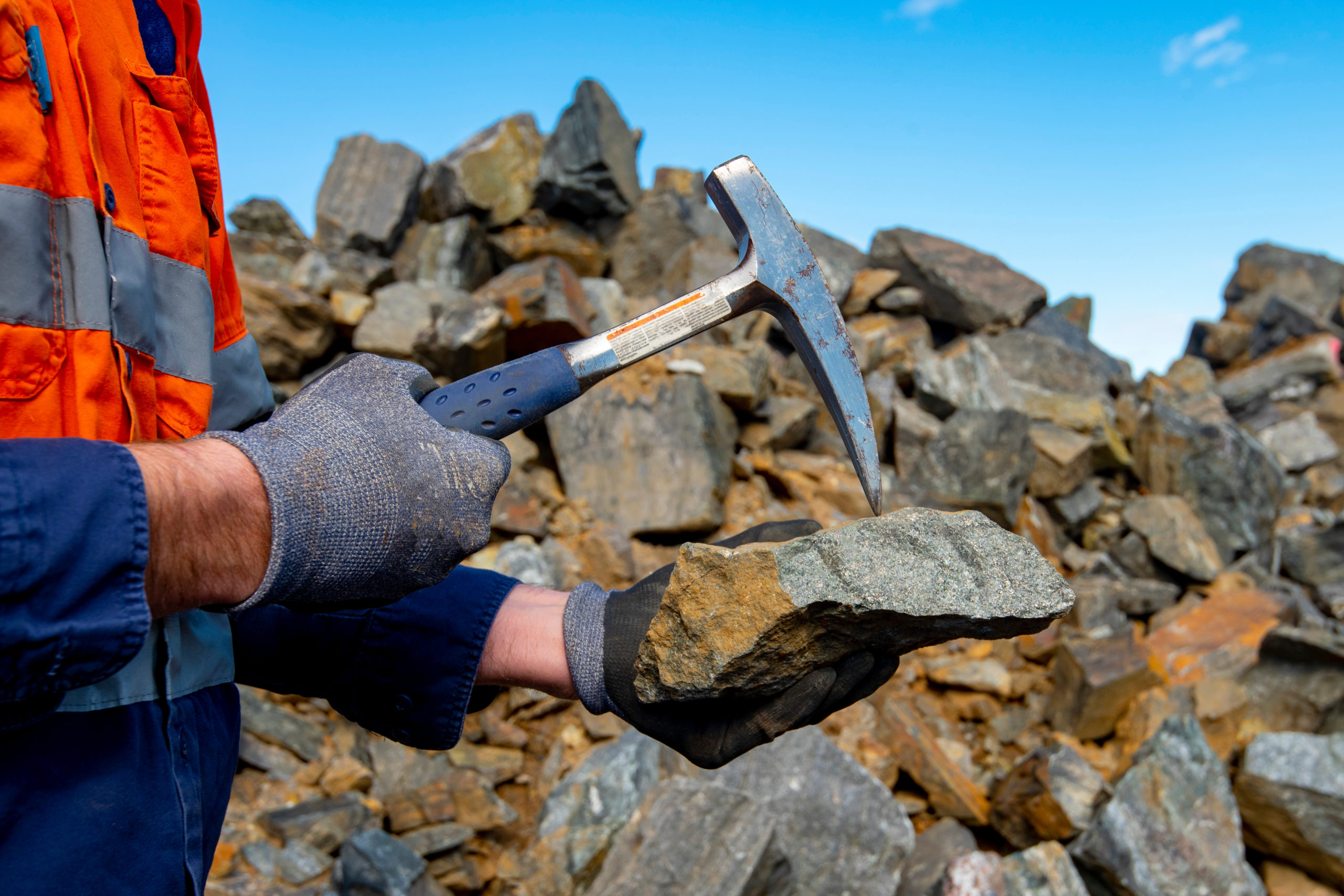BHP sticks with spending strategy, Rio eyes M&A

BHP Group will stick with its capital allocation framework despite the impact of the coronavirus pandemic while Rio Tinto is eyeing M&A, the chief executives of the miners said on Tuesday.
The novel coronavirus has hit commodity prices and threatens to push global economy into a deep recession.
In response, major mining companies have cut costs and delayed projects but the industry boasts strong balance sheets owing to years of slashing debt and investing cautiously.
BHP said in April that spending in the 2021 financial year would be lower than its original guidance of $8 billion
Speaking at a virtual presentation at Bank of America, BHP CEO Mike Henry said the capital allocation framework, which was introduced in 2016 and assesses the best way to deploy spending across the group, had “been a game-changer” for the company.
“It’s helped us to drive high quality returns and growth, so it’s not going anywhere,” he said.
BHP, the world’s largest listed miner, said in April that spending in the 2021 financial year would be lower than its original guidance of $8 billion due to the coronavirus outbreak.
Henry also said BHP could act on the right M&A opportunity but focus is on organic growth. He said the company is on track to cut spending on overheads by more than $500 million by 2021, relative to last financial year.
At the same conference, the chief executive of rival Rio Tinto , Jean-Sébastien Jacques said he saw more potential acquisition opportunities in the current environment.
“We do also see the potential for new opportunities to emerge,” Jacques said in a speech at the conference, but cautioned that the pandemic would harm GDP growth and trade, which are key drivers for mining.
“We are keeping a watching brief on M&A. Right now, the market is finding it difficult to value companies and the covid-19 recovery pathway is not clear,” he said.
Prices for iron ore, which is mined by both Rio and BHP, have been relatively resilient and helped boost profits in both firms due to robust demand from top consumer China.
(By Zandi Shabalala; Editing by Jan Harvey and David Evans)
More News
{{ commodity.name }}
{{ post.title }}
{{ post.date }}



Comments